- Home /
- Campus Life /
- Ai Robotics Studio

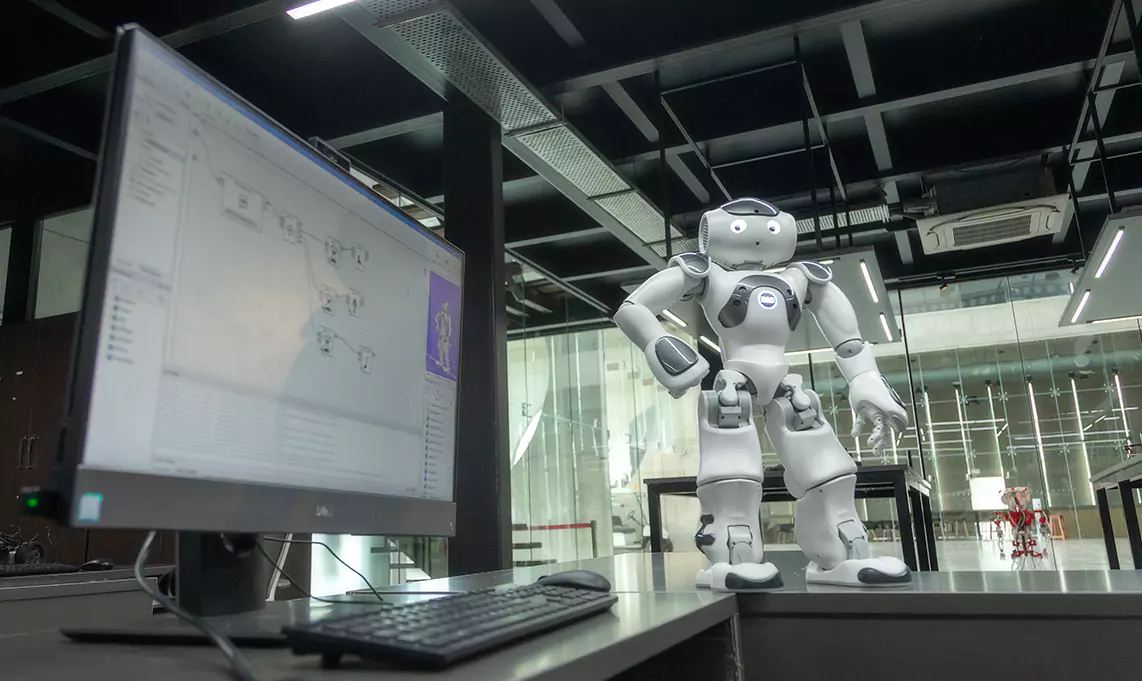
The AI and Robotics facility at Woxsen has a multi-level experimental infrastructure to nurture students, scholars, and researchers' innovation and creativity needs for various investigations.
Apart from research, the robotics lab also seeks to address commercial needs in designing and developing novel methods, models, and prototypes for industries. Furthermore, Woxsen faculty also use the space to undertake multifaceted research in areas of autonomous vehicles, drones, interactive robots, conceptual vehicles, intelligent and decision making machines etc.
The AI & Robotics lab is powered with the latest GPUs from NVIDIA to updated iMacs and a 3-D printer and is well equipped to run complex algorithms built on NLP, Keras to TensorFlow.
Beyond the physical infrastructure, the facility is equipped with an intellectual rigour that promotes exploratory and progressive thinking among students.
The facility is open 24X7 for students, faculty and staff of Woxsen, aiming to enlighten the knowledge base in data science, data analytics, predictive analytics and more.
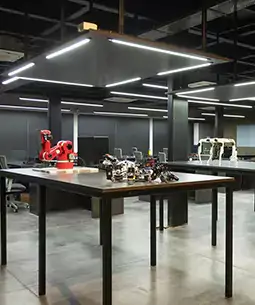
AI Enabled Influencer Mart
Comparative Analysis of Industry Stock Prices using ML
Medicine Recommender System
Customer Segmentation and Targeting using ML
Personality Trait Detection
Early Recognition on Septic Shock
House Price Prediction using ML
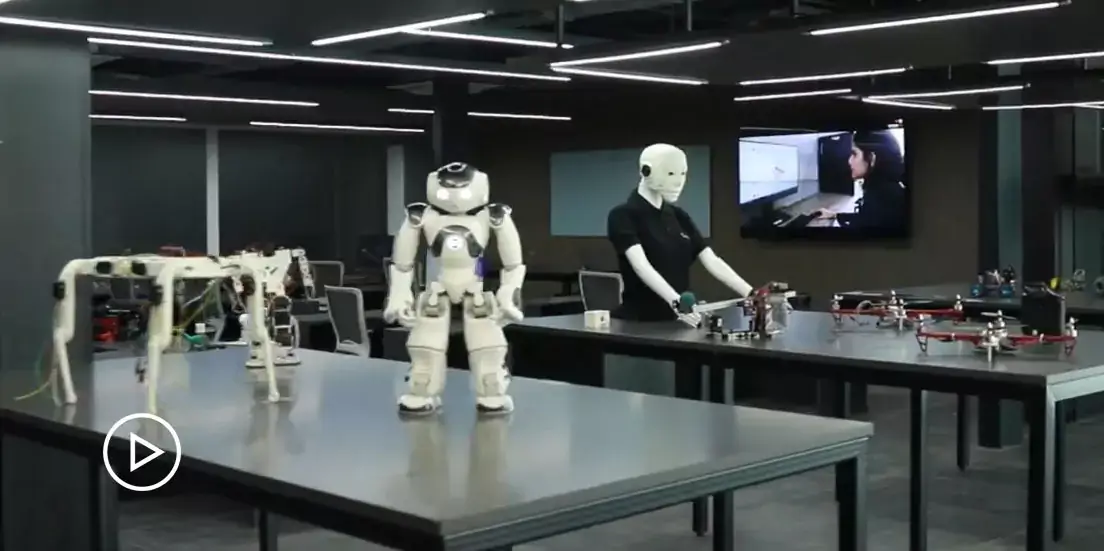
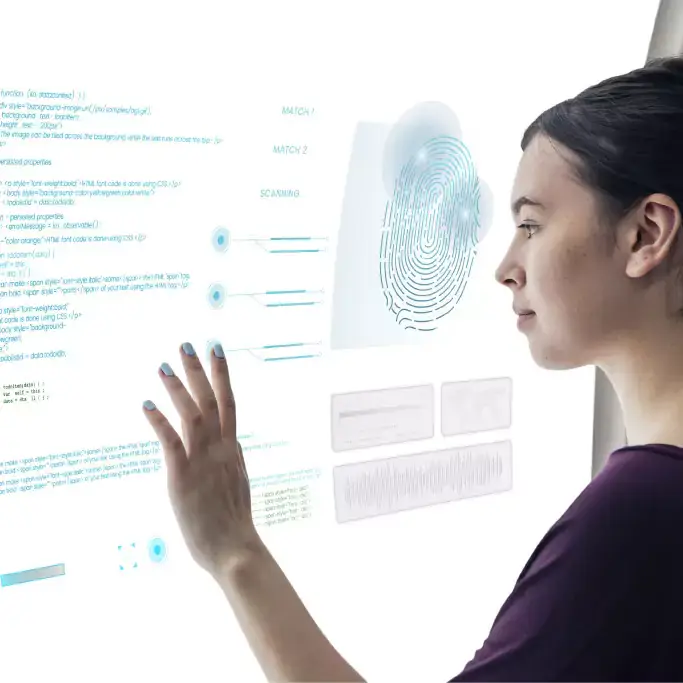
Text Mining, also known as text data mining, derives high-quality information from text. It involves the discovery by computer of new, previously unknown information by automatically extracting information from different written resources. Resources may include websites, emails, books, reviews and articles.
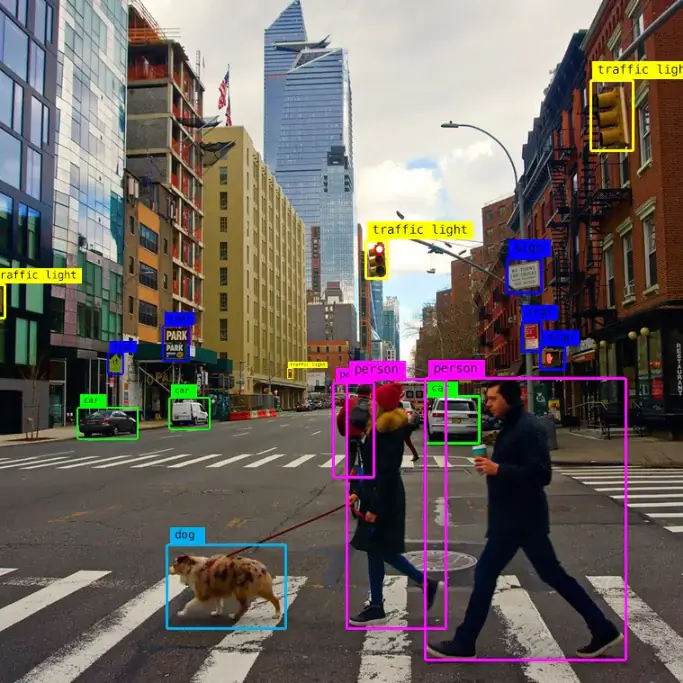
An interdisciplinary scientific field, Computer Vision (CV), deals with how computers can be trained to obtain a high-level understanding of digital images or videos. CV also seeks to understand and automate tasks that the human visual system can do. Computer vision tasks include acquiring, processing, analyzing, and understanding digital images and extracting high-dimensional data from the real world to produce numerical or symbolic information.
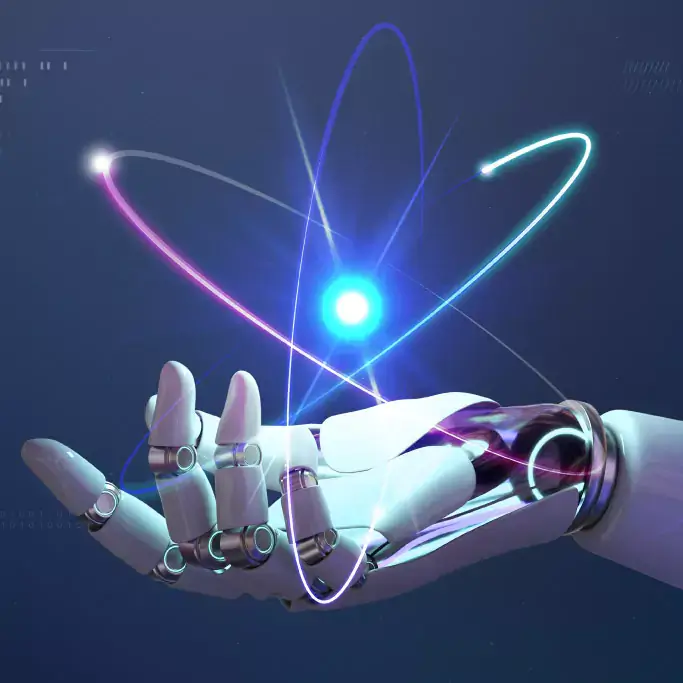
In business, predictive models exploit historical and transactional data patterns to identify risks and opportunities. The system encompasses a variety of statistical techniques from data mining, predictive modelling, and machine learning that analyze current and historical facts to make predictions about future or otherwise unknown events.